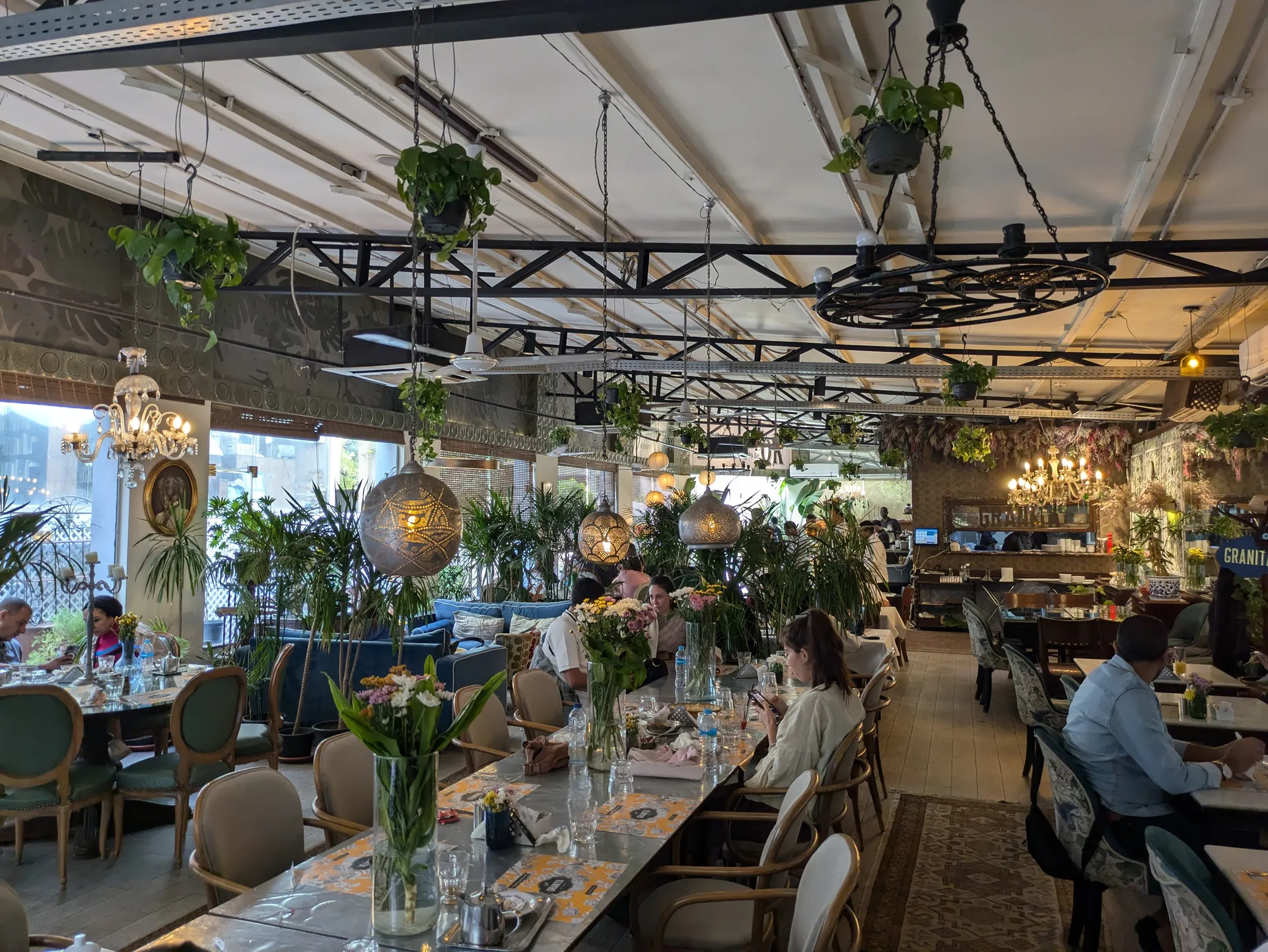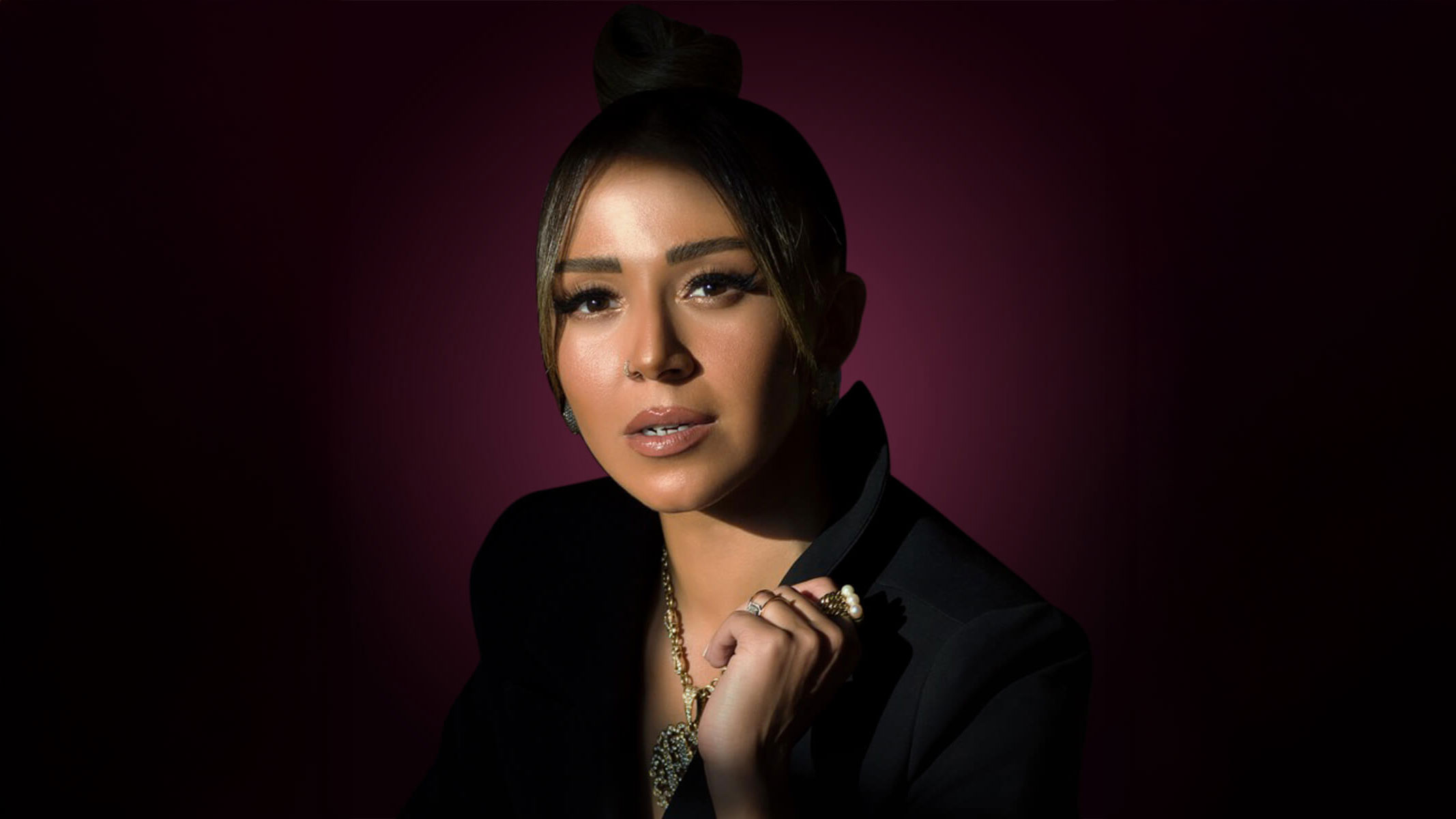In Cairo, the most meaningful conversations rarely happen in boardrooms or bars.
They happen in the quiet corners between — where art, coffee, and intention meet.
The city’s elite, long defined by public presence, are now curating private worlds — members-only clubs, design studios, boutique hotels, and hidden rooftops that have become the new “third spaces.”
Not home. Not work. But somewhere in between.
“Cairo isn’t lacking beauty,” says Tarek El Sayed, an architect known for designing private villas across West Cairo. “It’s lacking stillness — spaces where beauty can breathe.”
1. A Shift in Culture
In recent years, Cairo’s most connected have quietly turned inward. The same people who once spent nights at loud lounges now gather in rooms scented with sage and slow jazz. The pace has changed — but so has the purpose.
At Kulture Kiosk in Zamalek, what began as a bookstore and coffee spot has evolved into an incubator of creative minds. Filmmakers, curators, and founders drift in and out — laptops open, conversations unhurried. “We designed it as a pause,” says co-founder Farida Mounir. “It’s not about being seen. It’s about seeing each other.”
2. The Rise of Private Culture
Across the Nile, the new Clubhouse at Palm Hills has become a meeting ground for Cairo’s discreet power circle — founders, diplomats, and designers who come for breakfast meetings that stretch into poetry readings.
The club’s interiors — all warm wood, soft lighting, and art by Ganzeer — reflect a quiet confidence.
There’s no branding, no logo wall, no photographers. Phones are politely pocketed.
“It’s where you come to speak without performing,” says Reem Mostafa, a communications director. “People value that more than champagne now.”
In these spaces, connection has become a form of luxury — and privacy, the new currency.
3. The Return of the Salon
Heliopolis and Garden City, once home to Cairo’s literary salons of the 1940s, are seeing their return — but in new form.
Private dinners, curated by chefs like Omar El Banna and Sara Anwar, bring together architects, investors, and artists around one table.
The rules are simple: no photos, no pitch decks, no distractions. Only ideas.
“It’s not about status,” Sara says. “It’s about stimulation.”
A recent gathering in a restored Garden City villa saw a pianist play live as twelve guests discussed urban design, storytelling, and spirituality. It ended with a spontaneous midnight walk on the Nile Corniche.
4. Design as Identity
Cairo’s elite are expressing themselves not through fashion, but through spaces.
Interior design has become the new biography.
Studios like Eklego, Dar Designs, and Heba El Zayat Atelier are redefining the city’s modern aesthetic — a blend of silence, minimalism, and Cairo soul.
“The new Cairo luxury is not gold,” says Heba El Zayat. “It’s air.”
Open layouts, natural light, neutral palettes — homes now reflect a lifestyle of curated calm. Even offices have adopted the tone: more art, more plants, fewer walls.
“We want space to think,” Heba adds. “Not to impress.”
5. Hidden Rooftops, Open Minds
Above the chaos, a new kind of Cairo has emerged.
At Lekela Rooftop in Sheikh Zayed, Thursdays belong to a small crowd — musicians, editors, and business leaders who gather for sunset dinners overlooking the city. The sound is soft jazz, the dress code “effortlessly elegant.”
The menu changes weekly — curated around seasonal ingredients and conversation. “We design experiences, not events,” says Lekela’s founder Omar Khedr.
Meanwhile, Room Art Space and Riverside’s private gallery nights in Zamalek offer another kind of intimacy — creative evenings that feel like secrets shared among friends.
6. The Evolution of Belonging
The word “exclusive” no longer means exclusion. In this new Cairo, it means alignment — being in a space that mirrors who you are becoming.
“These places remind us that belonging doesn’t need an audience,” says Nour Magdy, founder of a branding firm who hosts quiet discussion nights at her home. “It just needs intention.”
And so, as the city expands outward — in towers, highways, and noise — its most intentional residents are moving inward, cultivating micro-worlds where ideas grow in peace.
7. The City Between Spaces
Cairo’s new sanctuaries are redefining what the city feels like at its highest level. They are the antidote to chaos — a blend of art, restraint, and human warmth.
Here, the city’s best and brightest gather not to be seen, but to see; not to speak, but to listen; not to escape, but to arrive.
The third space is not a location.
It’s a feeling — of exhale, of meaning, of shared calm.
“For a long time, Cairo’s beauty was loud,” says Tarek El Sayed. “Now, it’s whispering.”




